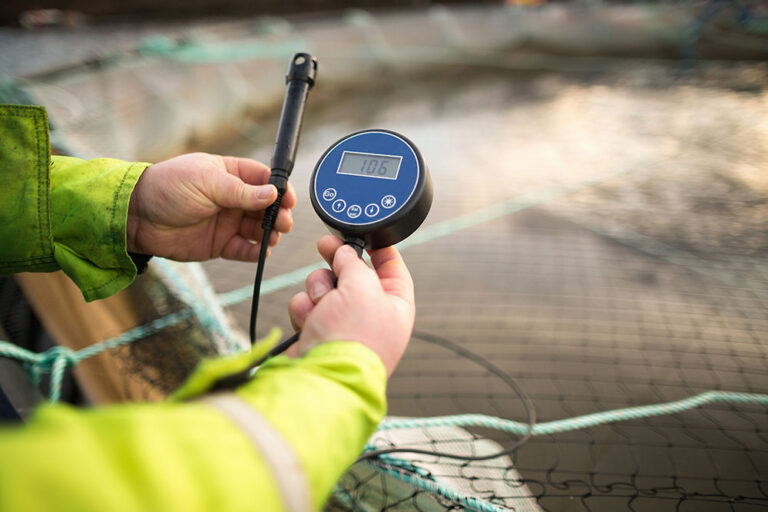Smart farming has changed how agriculture and aquaculture are being implemented.
Smart Agriculture
Smart agriculture has revolutionized traditional agriculture by leveraging technology and data to increase efficiency, improve crop yields, and reduce waste. This approach incorporates the use of IoT sensors and other digital tools to collect data and automate various aspects of farming such as soil analysis, water management, and crop monitoring. This information is then used to optimize growing conditions, reduce the use of resources such as water and fertilizers, and improve decision-making in areas such as pest management and yield predictions. The goal of smart agriculture is to enhance the sustainability and profitability of agriculture while reducing its impact on the environment.

Smart Aquaculture
Like smart agriculture, smart aquaculture uses technology and data analysis to optimize aquaculture production. This involves using sensors, automation, and data analytics to monitor water quality, temperature, and other parameters crucial for the health and growth of seafood. The goal of aqua farming is to increase efficiency, reduce waste and improve overall production while ensuring the well-being of the seafood and the environment. This can involve using techniques like feed management systems, disease detection, and automatic sorting and grading of seafood to enhance productivity and reduce costs.

The following sensors categories are offered by Qonda System:
Soil sensors : These measure soil moisture, temperature, electrical conductivity, and pH.
Weather sensors : These measure temperature, humidity, wind speed and direction, precipitation, solar radiation, and atmospheric pressure.
Environment sensors : These measure the greenhouse or aqua farm conditions for managing the indoor condition of the environment for optimum seafood growth and health.
Water quality sensors : These sensors help farmers to monitor and take necessary steps to adjust water quality to suit the different types of seafood being growth.
Irrigation sensors : These measure water flow, pressure, and application rate in irrigation systems.
Livestock sensors : Tracking the location of livestock animals.
Relay Controllers : Various types of relays to automate the equipment control
These sensors help farmers to optimize yields, conserve resources, and improve decision-making by providing real-time data on conditions in the field.